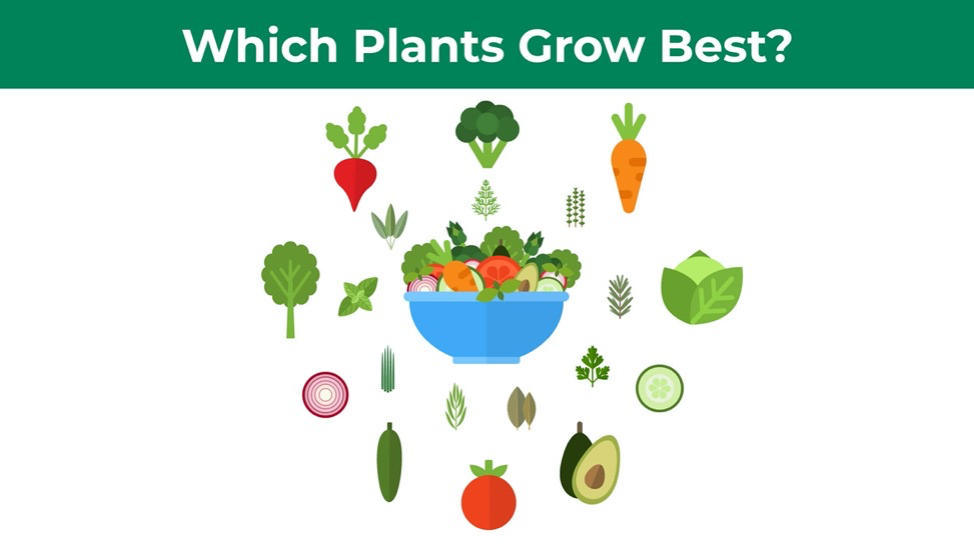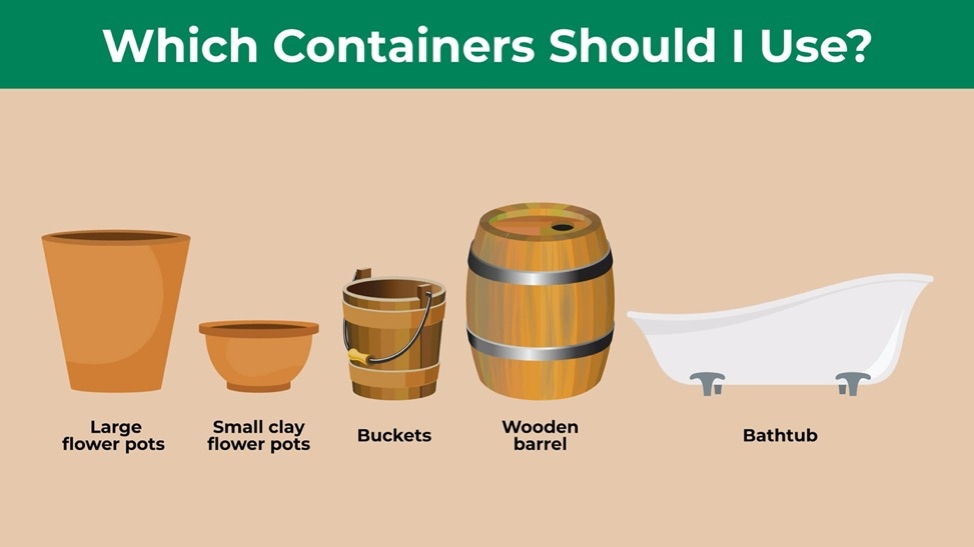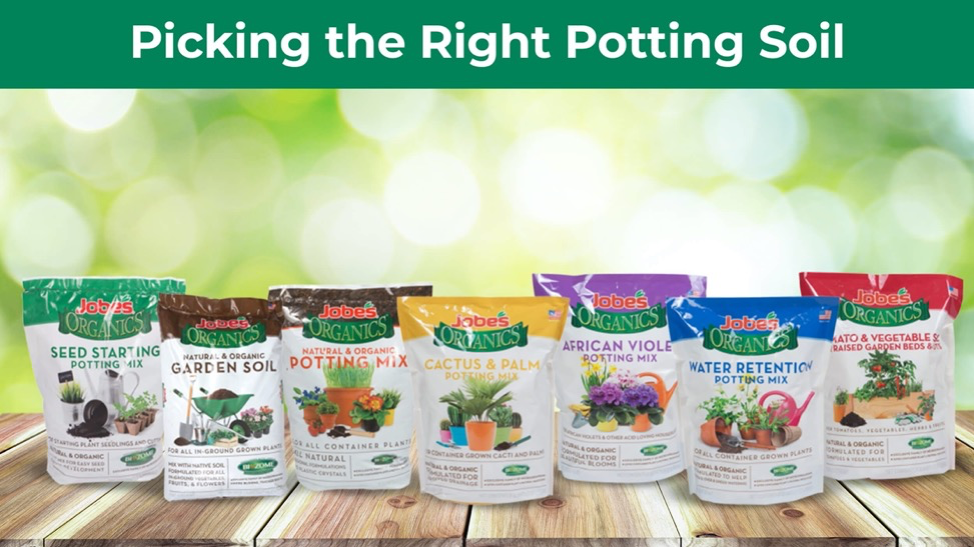We love gardening because it’s a relaxing, fun hobby that yields tangible results, from attractive curb appeal to delicious produce and vegetables. When you picture a vegetable garden or flower garden, you likely imagine a modest-to-large plot in your backyard or a landscape bed around your home. But gardening isn’t limited to those who have a large patch of land available for an outdoor garden.
So what do you do when you’re short on space but long on a desire to grow your own tomatoes for salads, cultivate herbs for an extra punch of flavor to food, or add flowers to add a splash of vibrant color to your balcony?
Container gardening is a convenient and rewarding way to take advantage of many plants’ simple growing requirements. If you have a patio, balcony, or rooftop, you have a perfect amount of space for one. And even if you do have the dedicated space for a garden, a raised flower bed in the middle of a garden or along the rail of a deck can add some great visual interest to your landscaping. Container gardens are also a fantastic way to extend your love for fresh vegetables past the traditional growing season and into the cooler months as you move plants inside.
It’s surprisingly simple to get your container garden going. All you need is a container, some potting soil, and the right seeds.
Which Plants Grow Best in Containers?
One of the most important parts of growing a container garden is picking the right plants. While some plants can adequately grow in containers, others thrive in the compact space. Not sure what to grow first? These five plants are a great way to test the waters.
Tomatoes
Tomatoes are a traditional favorite for container gardening because they tend to grow “up,” not out. Just make sure to use rods or a tomato cage to support the plant. They will also need full sun as well as time to acclimate to colder weather if you’re planning on putting them outside.
Lettuce and Salad Greens
One convenient aspect of lettuce and other salad greens is that they are relatively easy to grow in containers and, if cultivated properly, can provide a fairly constant supply of salad ingredients. Just snip leafy greens from your plants and come back later for more. As an added bonus, salad greens don’t require as much sun as other plants and add some color when placed in decorative pots.
Pole Beans
Pole beans, like green beans, are simple to grow and require full sun exposure to thrive. These versatile plants can be eaten hot, cold, or even raw. The biggest thing to keep in mind is that they, like tomatoes, will require a trellis or support structure to keep them from falling over.
Radishes
Radishes, which grow very fast, can go from seed to harvest in a month. Because there are a lot of different varieties, you can experiment and choose your seeds based on taste and appearance. They’re also not particularly space-intensive, which means you can harvest them. Finally, the greens are also edible, which could give you another option for salads.
Herbs
One of the most popular picks for container gardens, herbs are often small and contained enough that you can grow them on your kitchen windowsill. In addition to being visually appealing and adding a little color to your room, herbs can offer new ways to help flavor your cooking. Herbs also grow quickly, and in many cases are meant to be harvested multiple times over the course of a growing season. Just make sure you use the right soil and fertilizer when you tend them.
Outdoor Container Plants
Of course, you’re not just limited to edible gardening when working with containers. You can also use containers as decorative accents for your front porch or even within a larger garden itself. In these cases, you could plant hostas and other flowers to help add even more visual interest.
Choosing a Container for Your Garden
The choice of plants—and where you plan on actually growing them—will largely influence what kind of container you use for gardening. If your plan is to grow flowers to liven up a balcony or provide a pop of color to your doorstep, you’ll probably end up choosing something different than if your plan is to just grow tomatoes or herbs. Clay pots are a favorite, simple form of container, but you can always think outside the box—like a large half-barrel or an antique bathtub—for your garden.
You can use just about anything that will hold soil, including buckets, troughs, boxes, or baskets, but bigger containers are usually better because large plants require a fair amount of space, and their roots need room to grow. Another issue with smaller containers is that they may not be able to retain enough moisture to help plants survive hot days. For best results, a good rule of thumb is to use the largest size container you can reasonably accommodate in your space and make sure it has drainage holes in the bottom.
Picking the Right Potting Soil
Your choice of plants will influence the type of potting mix you purchase, too. Tomatoes and vegetables benefit from specialized soils. If moisture retention is a problem, you may end up needing a different mix. When in doubt, stick with a great seed starter mix that is recommended for plant seedlings and cuttings or a basic, natural organic mix.
Setting Yourself Up for Success
As easy as container gardening can be, it definitely still requires effort. Ensure your plants get enough water, sunlight, and space to grow. Always follow the instructions on your seed packets or—if you’ve purchased starter plants in trays—the information card that came with your plants.
Still stumped when it comes to container gardening? Don’t be! We’re strong believers in the joy and power of accessible gardening, which is why we provide helpful advice and products to make container gardening even easier.



